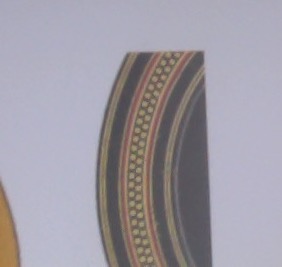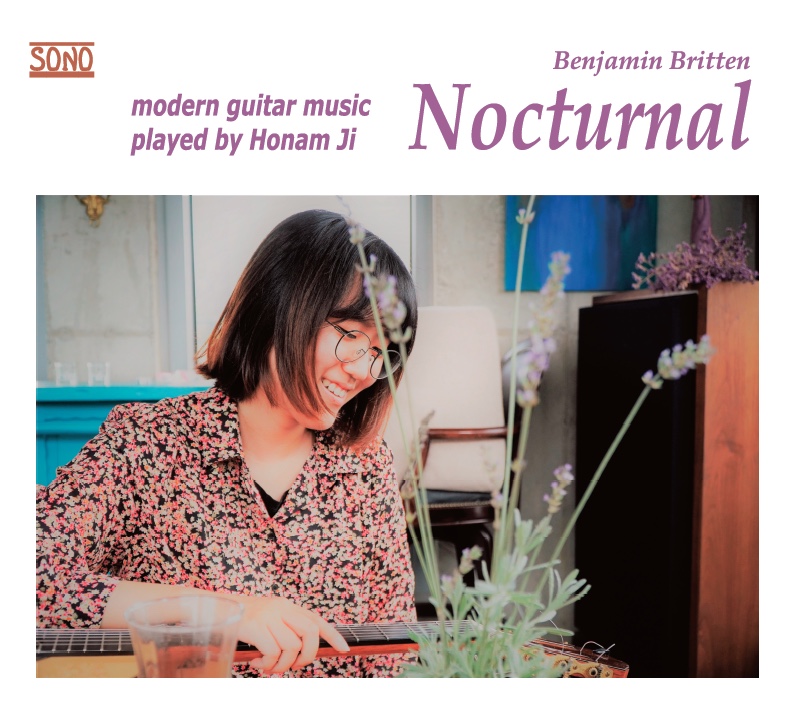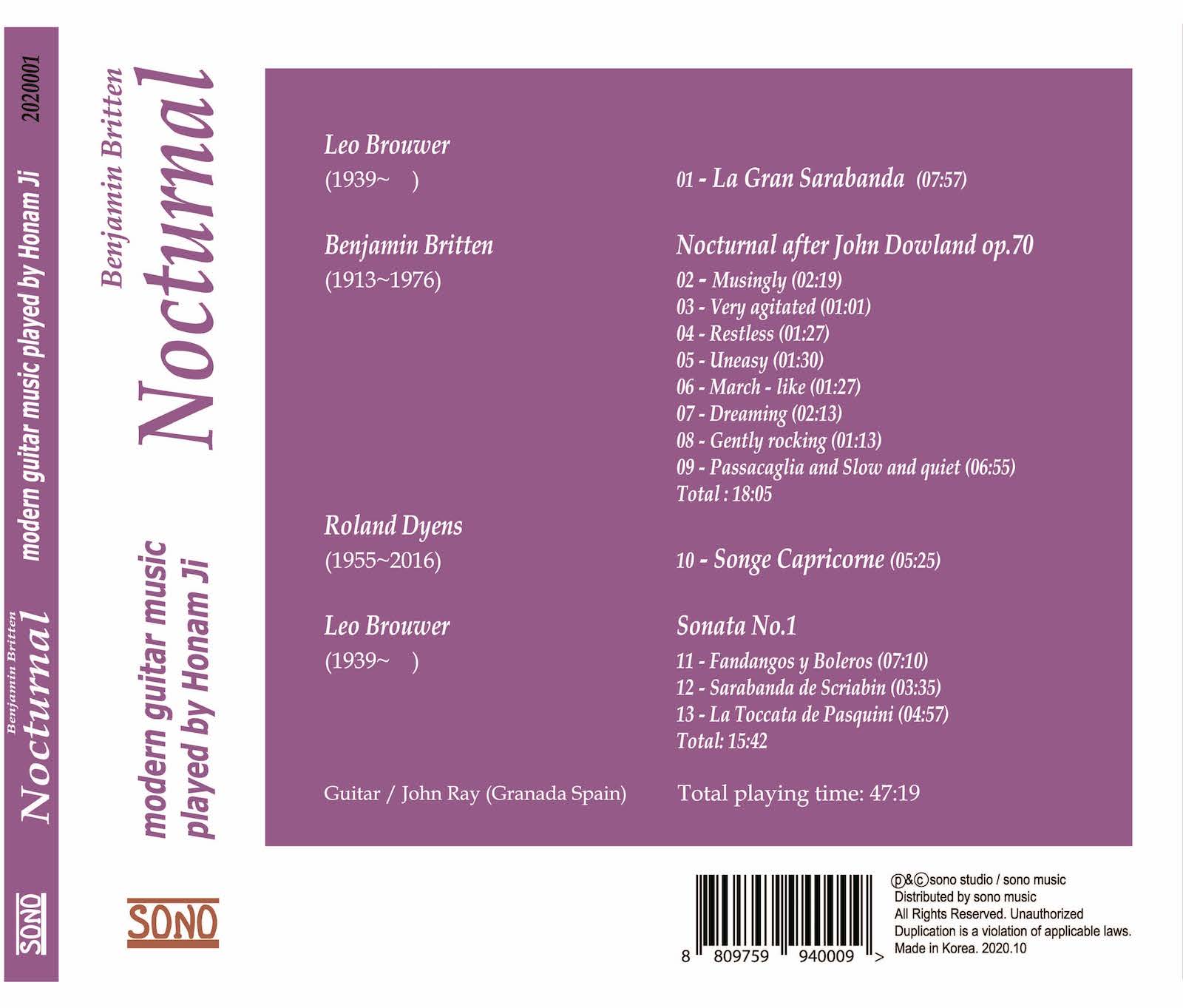 A friend called me up yesterday for some advice on guitar-making: both specific and general. I don’t know if I will publish everything I write for him but it might be a good idea to post here what I have to offer him as I go along. The first thing I want to comment on is how little I like modern guitar trends. This might keep me from being very useful when talking about soundports and alternative soundholes which is a pity because this is what he first asked me about. However, I can talk a little about design and the limitations that tradition imposes. Design is the most difficult thing there is and the bad design of many guitars is very noticeable. Traditionally, we are only free to choose the woods, the purfling, the rosette and the headstock. Logically there are a finite number of headstock designs if we respect the tradition of symmetry and the fragility of wood. Inlays and carvings greatly expand those possibilities. However, the big problem is to make something not only original but also harmonious and aesthetically pleasing. A good option is to copy the headstock of some old and famous guitar maker. Of course as soon as you feel like you can design something yourself you should go ahead and do so.
A friend called me up yesterday for some advice on guitar-making: both specific and general. I don’t know if I will publish everything I write for him but it might be a good idea to post here what I have to offer him as I go along. The first thing I want to comment on is how little I like modern guitar trends. This might keep me from being very useful when talking about soundports and alternative soundholes which is a pity because this is what he first asked me about. However, I can talk a little about design and the limitations that tradition imposes. Design is the most difficult thing there is and the bad design of many guitars is very noticeable. Traditionally, we are only free to choose the woods, the purfling, the rosette and the headstock. Logically there are a finite number of headstock designs if we respect the tradition of symmetry and the fragility of wood. Inlays and carvings greatly expand those possibilities. However, the big problem is to make something not only original but also harmonious and aesthetically pleasing. A good option is to copy the headstock of some old and famous guitar maker. Of course as soon as you feel like you can design something yourself you should go ahead and do so.
Rosette design has the same problem in that it can be screwed up in many ways. Using bright colors is very dangerous; large tiles can look very rough, and very fine tiles can lose their definition at a distance. A great rosette looks good up close but also makes an aesthetic statement a few metres away. Here there are also some modern trends that seem very ugly to me, such as man-made materials and large pieces of wood. We can use a rosette from the old guitar makers but another good option is simple purfling strips. Do you remember Antonio de Lorca?
As for the design of the guitar in general, the closer you stay to tradition the less design work you have to do. For me design is a real struggle so there is no way I would try to change the shape of the bridge, the soundhole or the guitar itself in any major way. Besides, if what you want is to design a new instrument you’ve come to the wrong place.






